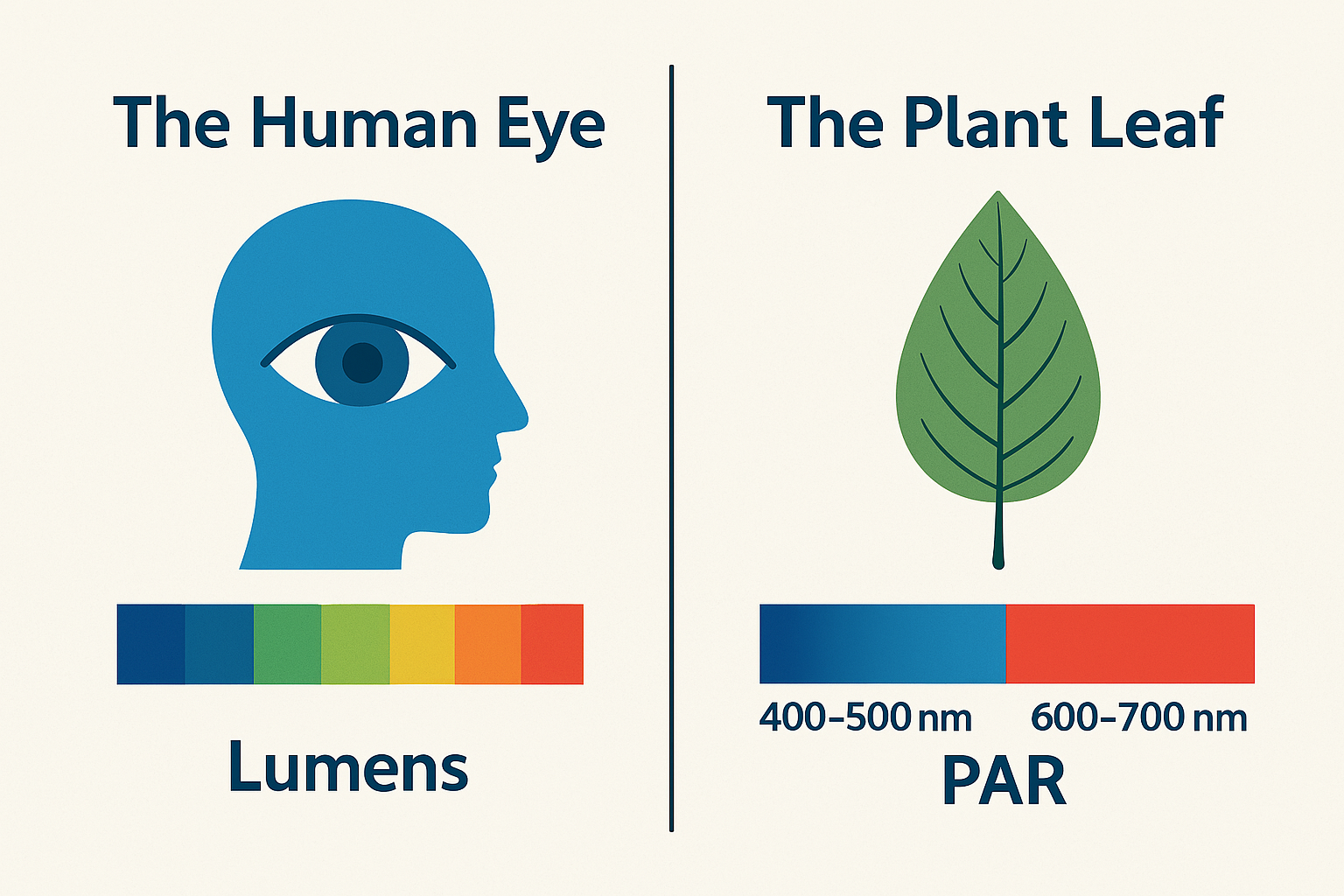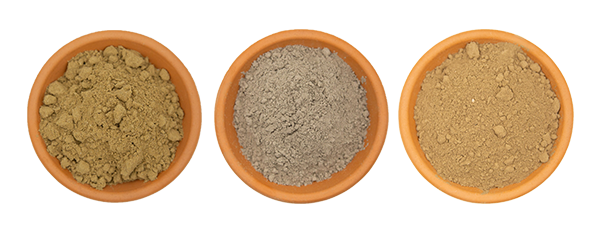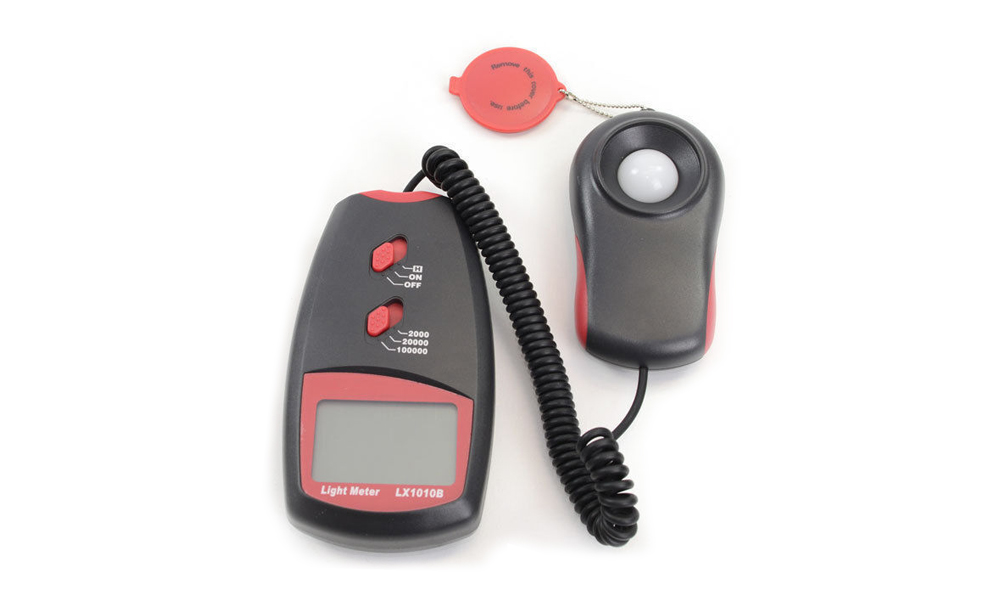PAR vs. Lumens: Best Grow Lights for Hydroponics Australia
By Hydro Experts | 1 April 2025
In the world of hydroponics, light isn't just light – it's the engine that drives your entire growing operation. Yet many growers, from curious beginners to seasoned professionals, still find themselves confused by the metrics used to measure it. Walk into any Australian hydroponics shop or browse online retailers, and you'll be bombarded with terms like lumens, PAR, PPFD, efficacy, and more.
So what's the real story behind these measurements, and which ones actually matter when you're setting up your hydroponics system in Australia? Let's break down the science without the jargon and explore what light metrics you should actually care about.
The Human Eye vs. The Plant Leaf

To understand why PAR and lumens are fundamentally different, we need to start with a basic truth: Plants and humans perceive light differently.
When you walk into a room and think, "This is bright," you're experiencing lumens – a measurement specifically designed around human vision. Our eyes are most sensitive to green and yellow wavelengths (around 555 nanometers), which is precisely what the lumen measurement emphasizes.
Your leafy lettuce or flowering tomatoes? They couldn't care less about your perception of brightness. Plants primarily use wavelengths in the blue (400-500nm) and red (600-700nm) spectrums for photosynthesis, with relatively little use for the green wavelengths our eyes love so much.
This fundamental difference explains why that super "bright" fluorescent light you installed might be underwhelming your plants despite looking blindingly bright to you.
Lumens: What They Actually Tell Us
Lumens measure the total quantity of visible light emitted by a source weighted according to human vision. A standard 60W incandescent bulb produces about 800 lumens, while a modern LED might produce 1600 lumens using just 15W of electricity.
In Australia, you'll notice lumens listed on almost every lighting product – it's the standard metric for general lighting. But here's what Lumens don't tell you:
- How much photosynthetically useful light your plants will receive
- The distribution of wavelengths across the spectrum
- How effective the light will be for different growth stages
So, while lumens are useful for lighting your kitchen or lounge room, they're rather meaningless when it comes to growing plants. A 2000-lumen purple grow light might look dim to your eyes but could be photosynthetic gold for your plants.
PAR: The Currency of Plant Growth
PAR stands for Photosynthetically Active Radiation – the specific range of light wavelengths (400-700nm) that plants can use for photosynthesis. Unlike lumens, PAR measurements don't discriminate based on human vision; they equally value all photons within this range.
But here's where things get a bit more complex. PAR itself isn't a unit of measurement – it's a range of light. What we actually measure is PPFD (Photosynthetic Photon Flux Density), expressed in micromoles of photons per square meter per second (μmol/m²/s).
In more practical terms, PPFD tells you how many photosynthetically usable light particles are hitting a specific area of your plants each second. It's the gold standard for understanding if your plants are receiving enough light to thrive.
For Australian hydroponic growers, especially those dealing with our intense summer heat, understanding PAR/PPFD is crucial – it helps you maximize growth while minimizing unnecessary heat from inefficient lighting.
The Efficacy Question: Getting More Growth for Your Energy Dollar
With Australia having some of the highest electricity prices globally, efficacy isn't just a technical term – it's directly related to your power bill.
Lighting efficacy measures how efficiently a light converts electricity into usable light. But here's where you need to pay attention: are we talking about luminous efficacy (lumens per watt) or photosynthetic efficacy (μmol/J)?
Luminous efficacy tells you how efficiently a light produces brightness for human eyes. Photosynthetic efficacy tells you how efficiently it produces light useful for plant growth. For hydroponics, the latter is what matters.
Today's best LED grow lights designed for Australia's market can achieve photosynthetic efficacies around 2.5-3.0 μmol/J – meaning each joule of energy produces 2.5-3.0 micromoles of photosynthetically active photons. Just a few years ago, 1.8 μmol/J was considered excellent, showing how quickly technology is advancing.
The Real-World Difference
Let's put this into practical terms with an example relevant to Australian growers:
Imagine you're choosing between two lighting systems for your hydroponic lettuce setup:
Option A: A traditional HPS (High Pressure Sodium) system advertising 30,000 lumens with 400W power consumption.
Option B: A modern LED system advertising only 10,000 lumens but with 2.7 μmol/J efficacy and 200W power consumption.
At first glance, the HPS system looks "brighter" – three times the lumens! But when we examine PAR delivery, we discover the LED system actually provides more usable plant light while consuming half the electricity.
In the Australian context, where electricity often costs 30+ cents per kilowatt-hour, the difference is substantial. Running 12 hours daily, the LED system would save approximately $263 annually per fixture – funds you could redirect to nutrients, expanded growing capacity, or a celebratory barbie when you harvest.
Which Light Meter Should You Use?
Now that we understand the difference between human-centric and plant-centric light measurements, which meter should you actually invest in?
For Serious Hydroponic Growers:
Quantum PAR Meter: These measure PPFD directly and provide the most accurate assessment of light available for plant growth. Brands available in Australia include Apogee and HortLED, typically ranging from $300-700 AUD. If you're running multiple grow tents or a commercial operation, this investment makes sense.
Spectrum Meters: More advanced meters that measure not just intensity but also spectral distribution. These can help optimize lighting for different growth phases and plant varieties. Australian distributors carry models from companies like UPRtek and Sekonic, though prices start around $1200 AUD.
For Hobby Growers on a Budget:
PAR Meter Apps: Several smartphone apps claim to measure PAR using your phone's camera. While not precisely accurate, apps like Photone (available on Australian app stores) can give you relative measurements to compare different areas of your grow space. They're better than nothing when you're starting out.
Lux Meters: While not ideal, an affordable lux meter (measuring in lux or foot-candles) can be used with conversion factors to estimate PAR. For example, under typical white LED grow lights, multiplying the lux reading by 0.014-0.018 will give you a rough PPFD estimate. Australian hardware stores sell basic lux meters for $50-100 AUD.
Australian Regulatory Considerations
When purchasing grow lights in Australia, remember that they must comply with Australian electrical safety standards and carry RCM certification. Imported lights without proper certification could pose safety risks and might not be covered by insurance in case of incidents.
Additionally, be aware that extremely high-powered lights may have specific installation requirements according to Australian electrical codes. Always consult a licensed electrician when setting up commercial-scale operations.
The Bottom Line for Australian Growers
For serious hydroponic growing in Australia's diverse climate zones – whether you're in tropical Queensland or temperate Victoria – understanding PAR over lumens is essential. Don't be swayed by impressive lumen numbers that have little relevance to plant growth.
Instead:
- Focus on PPFD values at your plant canopy height (typically aiming for 200-400 μmol/m²/s for leafy greens and 600-900 μmol/m²/s for flowering plants)
- Consider the photosynthetic efficacy (μmol/J) to manage electricity costs
- Invest in appropriate measurement tools based on your scale and budget
- Ensure all equipment meets Australian safety standards
By shifting your focus from human-centric light measurements to plant-centric ones, you'll see improved yields, better quality harvests, and more efficient use of Australia's costly electricity. Your plants don't care about lumens – and neither should you.
Conclusion
The science of horticultural lighting continues to evolve, but the fundamental principles remain constant: plants respond to specific wavelengths that drive photosynthesis, not to brightness as perceived by humans. For Australian hydroponic growers facing high energy costs and diverse climate challenges, understanding the difference between PAR and lumens isn't just academic—it's essential for profitability and sustainability.
The next time you're upgrading your hydroponic lighting system, remember to look beyond the lumen ratings and focus on what really matters for plant growth. Your wallet—and your plants—will thank you.










